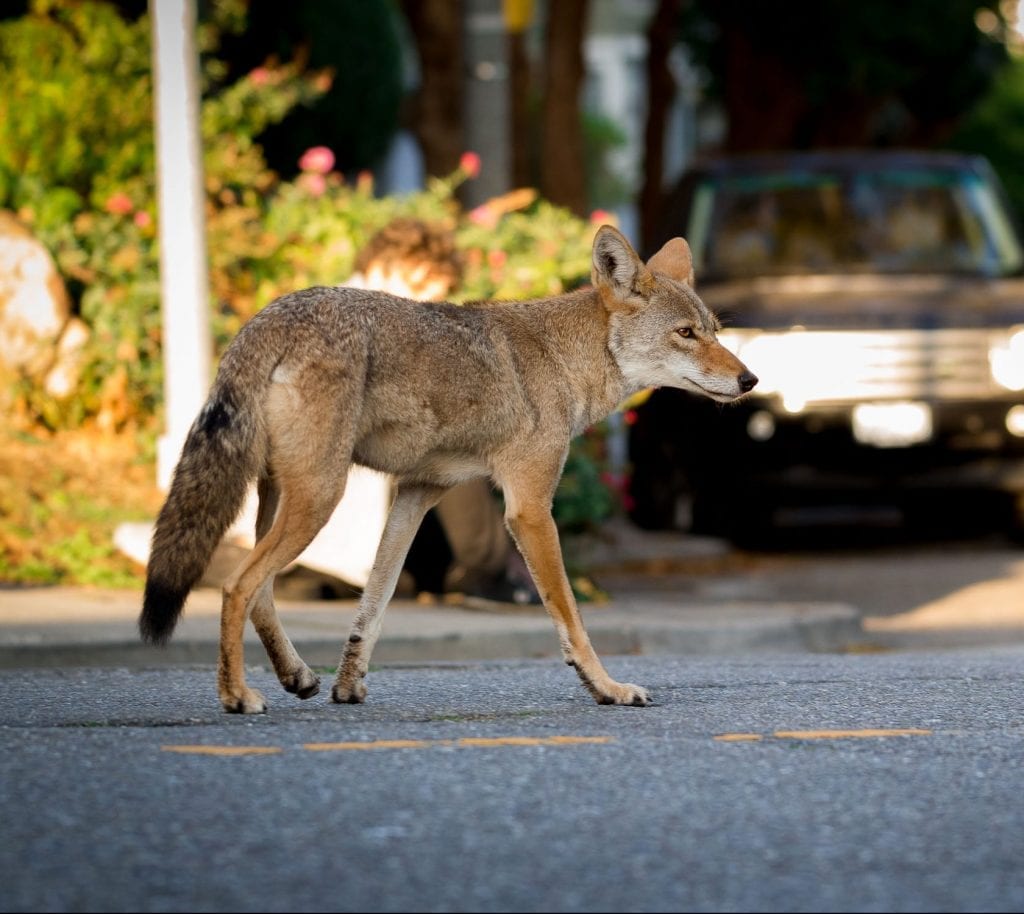

But you can measure a track or pawprint! Coyote footprints are generally 2.25 to 2.75 inches long and 1.75 to 2.5 inches wide. Coyote vs Wolf: Tracksĭetermining the exact size of a specimen can be difficult when observing from a safe distance.

The howling vocalizations of a coyote pack are often punctuated with barks, yaps, yips, and yodels. And some howls are used to locate others.Ĭoyotes also howl, but their voices are higher pitched than their larger cousins. Their howls can be used to keep a pack together if danger is sensed, to protect their young, or guard a kill site. Their howls are their way of communicating with other wolves over a long distance, and wolves are most active at night, so it would be easy to assume they have an affinity for the moon. Wolves are often thought to howl at the moon, but that’s not the case. Wolves are known for their haunting vocalizations – long, low-pitched, drawn-out howls. Coyotes, on the other hand, are more comparable to small to medium-sized dogs, ranging in weight from 15 to 50 pounds. The average gray wolf weighs between 70 and 150 pounds, rivaling the German shepherd. This can vary, however, depending on food resources and other conditions. Coyotes max out at about 4.5 feet, while wolves average 4.5 to 6.5 feet in length.Ĭoyotes often have a lankier, skinnier overall silhouette than wolves. The same is true of the length measured from the nose to the tip of the tail. Even the smaller end of the adult range is larger than that of the coyote, which averages 21 to 24 inches at the shoulder. At the shoulder, grey wolves average a height of 26 to 32 inches. The silhouette, or overall body shape and outline, of the wolf is larger than that of the coyote. The wolf’s ears will be shorter and rounded in shape, while the coyote’s are taller and pointy. When you compare a wolf and a coyote side by side, the wolf will have a broader face and the coyote a slender face by comparison. Some of the following differences may be difficult to determine at a distance but will allow you to easily identify each of these two species. The 6 Key Differences Between Wolves and Coyotes Wolves, coyotes, domestic dogs, and several other canine species share a common ancestor.Ģ6 to 32 inches shoulder height, 4.5 to 6.5-foot lengthĢ1 to 24 inches shoulder height, 3.5 to 4.5-foot length The coyote is classified as Canis latrans. Please note that there are a number of canid species around the world called “wolves,” but here we are referring to the gray wolf, Canis lupus. We’ve assembled the below chart as an easy reference for distinguishing between wolves and coyotes. And, where the sighting occurred is important, as the coyotes’ range is more limited than the wolves’ natural habitat. There are also differences in the sound of the two species’ calls. The wolf is taller, longer, and heavier, with a wider face and larger feet. What are the differences? When you compare wolves and coyotes side by side, you will find that the wolf is considerably larger than the coyote. They are both carnivores that hunt in packs and communicate via yaps, barks, and howls. They have primarily grey coats with occasional patches of black, white, red, or brown. They are both medium to large-sized doglike animals. Wolves and coyotes sport many similarities of appearance.
COYOTE IMAGES HOW TO
Keep reading to learn how to compare the face, silhouette, and other differences of these two amazing animals. Wolves and coyotes have many similarities, but there are evident differences when you compare them side by side. What is it about them that makes them beautiful and a little frightening at the same time? Their presence symbolizes different elements like strength, wisdom, and foreboding peril. Was it a coyote? Was it a wolf?īoth canines hold special importance to legend and lore. Or, you heard eerie howls in the darkness. You saw a large, grey, furry animal streak across the road or down the forest path in front of you. Wolves also bark, but are known for their long, haunting howls, which are used as a way to communicate with other wolves. The howling vocalizations of a coyote pack are often punctuated with barks, yaps, yips, and yodels.While gray wolves inhabit North America, Asia, and Europe, coyotes are only found in North America and Central America.The coyote weighs in at 15-50 pounds with a length of 3.5 to 4.5 feet. The gray wolf can weigh from 70-150 pounds and have a length of 4.5 to 6.5 feet. In general, wolves are larger than coyotes.Pet Coyotes: Do Not Try This! Here's… Key Points:


 0 kommentar(er)
0 kommentar(er)
